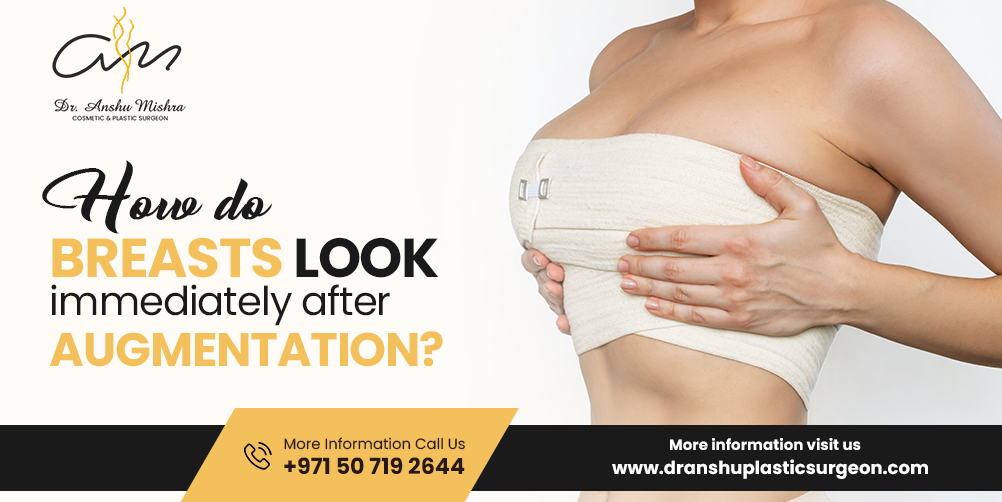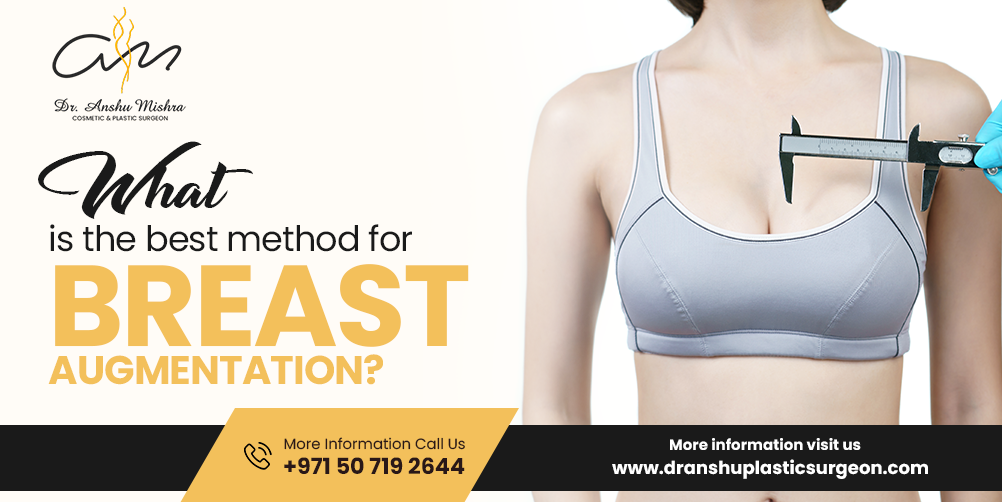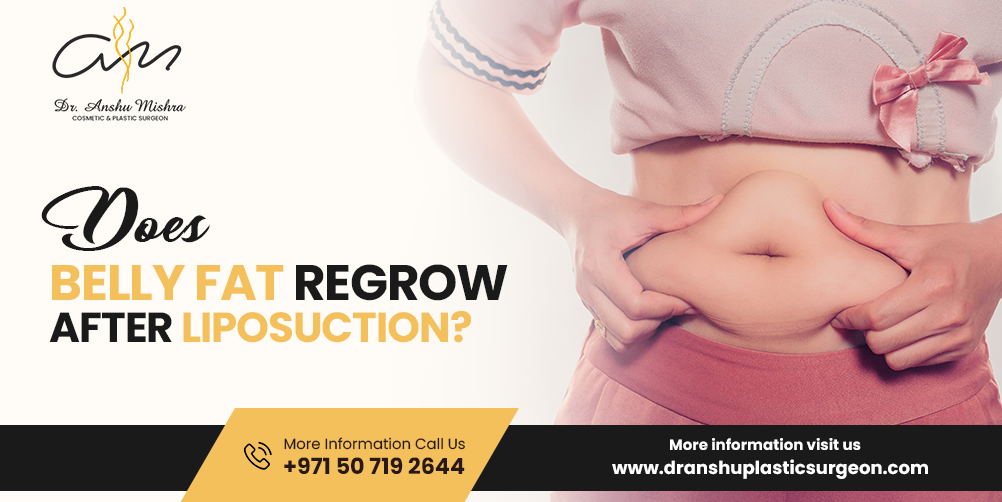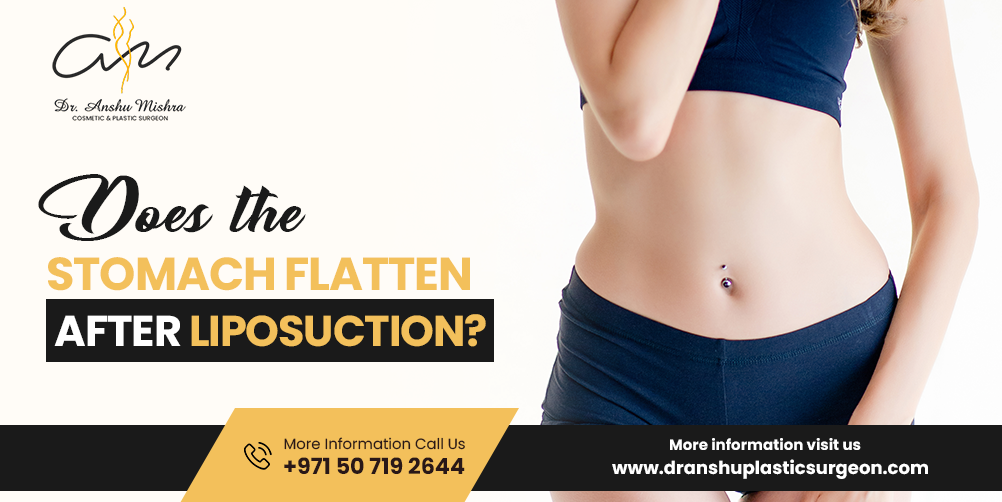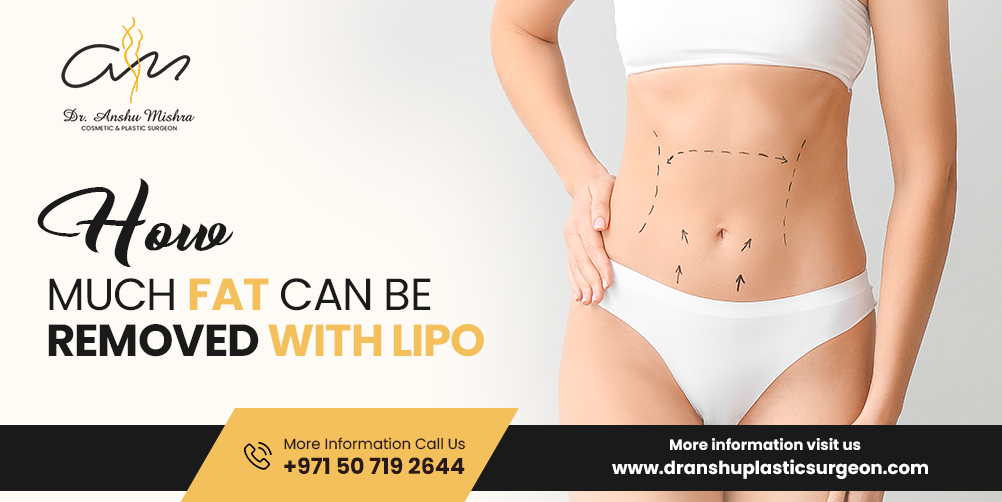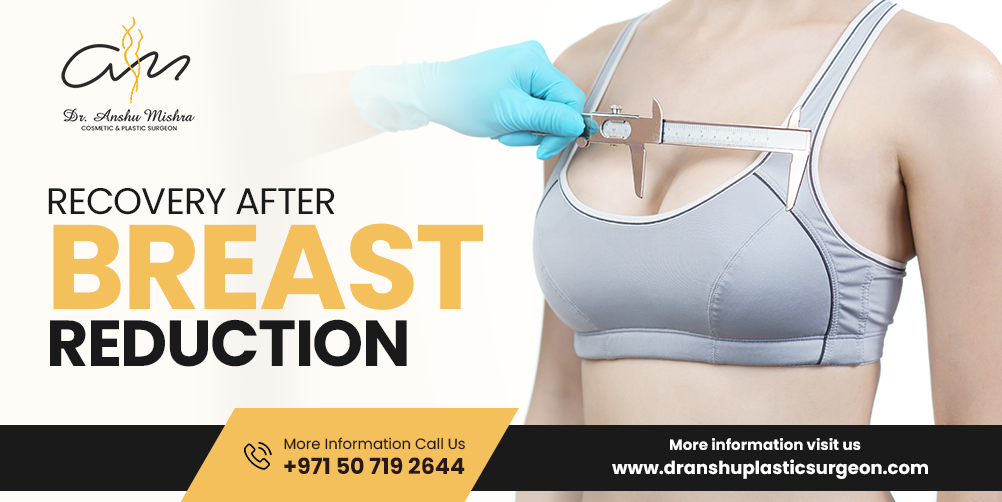Thinking about body contouring? Vaser liposuction is a popular option for achieving a more sculpted look. A successful procedure is only part of the equation; a smooth recovery is equally important for optimal results and a comfortable experience.
If you or your loved one is planning for vaser liposuction, knowing how to take care of yourself after the procedure will help in faster healing, better results, and a comfortable recovery. Here are 9 important tips for a smooth recovery after Vaser liposuction. For more consult one of the best plastic surgeon in Dubai to know more about liposuction in Dubai.
Table of Contents
ToggleWhat is Vaser Liposuction?
Vaser (Vibration Amplification of Sound Energy at Resonance) liposuction is an advanced fat-removal procedure that uses ultrasound waves to break down fat cells before suctioning them out. This technique is particularly beneficial for contouring the body with precision, making it a preferred option for those looking to remove stubborn fat in areas such as the abdomen, thighs, arms, and chin.
Unlike traditional liposuction, which can sometimes damage surrounding tissues, Vaser liposuction is designed to be more selective in targeting fat cells while preserving nerves, blood vessels, and connective tissue. This results in less bruising, swelling, and discomfort, allowing for a quicker recovery compared to conventional methods.
Common Post-Liposuction Challenges
While Vaser liposuction is less invasive than traditional liposuction, it is still a surgical procedure, and recovery comes with its own set of challenges. Some of the most common issues patients face include:
- Swelling and Bruising: Swelling and bruising are common side effects after liposuction. The swelling usually subsides within a few weeks, but bruising may take longer to disappear.
- Pain and Discomfort: Some degree of pain and discomfort is expected after liposuction. This can be managed with pain medication prescribed by your doctor.
- Numbness: Numbness in the treated areas is a common side effect and is usually temporary. It can occur due to nerve irritation or damage during the procedure. In most cases, the sensation returns within a few weeks or months.
- Contour Irregularities: Unevenness or lumps in the treated areas can occur after liposuction. This can be due to uneven fat removal, poor skin elasticity, or scarring. In some cases, additional procedures may be needed to correct these irregularities.
- Fluid Accumulation: Fluid can sometimes accumulate under the skin after liposuction, forming a seroma. This usually resolves on its own or with drainage by your doctor.
- Skin Laxity: Liposuction removes fat but does not tighten loose skin. If you have poor skin elasticity, you may experience sagging skin after the procedure. In some cases, a skin tightening procedure may be recommended in addition to liposuction.
- Changes in Skin Sensation: Some people may experience altered skin sensation after liposuction, such as increased sensitivity or tingling. This is usually temporary and resolves over time.
- Scarring: Liposuction involves small incisions, which can leave scars. The size and visibility of scars can vary depending on the individual and the areas treated.
Understanding these challenges can help you prepare for a smoother recovery and manage expectations.
Why is Recovery So Important?
Recovery is a vital phase in any cosmetic procedure. Proper post-operative care ensures that your body heals effectively and that you achieve the best possible results. Here’s why focusing on recovery is crucial:
- Minimizing Complications: Proper care reduces the risk of infection (from bacteria entering incision sites), hematoma (blood collecting under the skin), seroma (fluid collecting under the skin), and other potential issues.
- Optimizing Results: Adhering to post-operative instructions ensures that your body heals in the desired shape, maximizing the aesthetic benefits of the procedure.
- Managing Discomfort: Effective pain management and care strategies can significantly reduce discomfort and make the recovery period more manageable.
- Faster Return to Normal Activities: A smooth recovery allows you to resume your daily routine and enjoy your results sooner.
Tips for a Smooth Vaser Liposuction Recovery
-
Follow Your Surgeon’s Instructions Strictly
Your surgeon provides personalized post-operative instructions, including medication schedules, wound care, activity restrictions, and dietary recommendations. These guidelines are tailored to your specific needs and are crucial for preventing complications and ensuring optimal healing.
- Medication: Take prescribed antibiotics to prevent infection and pain medication as directed. Avoid over-the-counter medications without consulting your doctor, as some can interfere with healing or increase bleeding risk.
- Wound Care: Keep incisions clean and dry to prevent infection. Follow your surgeon’s instructions on dressing changes and hygiene.
- Follow-up Appointments: Attend all scheduled follow-up appointments. These visits allow your surgeon to monitor your progress, address any concerns, and adjust your care plan as needed.
-
Wear Compression Garments as Recommended
Compression garments are vital for recovery after Vaser liposuction. They apply consistent pressure to the treated areas, helping to:
- Reduce Swelling: Compression minimizes fluid accumulation and edema by supporting blood vessels and lymphatic drainage.
- Promote Skin Retraction: The garment helps the skin conform to the new body contour, preventing sagging and irregularities.
- Support Treated Areas: Compression provides support and reduces discomfort, especially during movement.
How long should you wear compression garments?
- Duration: Most patients need to wear them for 4-6 weeks post-surgery.
- Wear Schedule: In the first three weeks, wear them 24/7, only removing them for short periods (such as bathing). After three weeks, your surgeon may allow you to reduce the wear time gradually.
- Importance: Wearing compression garments improperly or removing them too soon can lead to uneven results, prolonged swelling, and fluid accumulation.
-
Manage Swelling and Bruising with Proper Care
Swelling and bruising are normal after liposuction, and they can last for several weeks. However, certain steps can help reduce them faster:
- Cold Therapy: Apply cold compresses (as advised by your surgeon) for the first 48 hours to reduce inflammation and constrict blood vessels, minimizing bruising and swelling.
- Elevation: Elevating the treated area above the heart whenever possible helps drain excess fluid and reduces swelling.
- Hydration: Staying well-hydrated helps flush out fluids and toxins, reducing swelling and promoting healing.
- Sodium Restriction: Limiting sodium intake is important because excess sodium can contribute to fluid retention and worsen swelling.
According to studies, most swelling subsides within 6-8 weeks, but mild residual swelling can persist for up to 3-6 months.
-
Eat a Nutritious Diet
A well-balanced diet plays a vital role in healing. Proper nutrition helps in reducing inflammation, boosting immunity, and improving energy levels during recovery.
Foods to Include
- Protein: Protein-rich foods (chicken, fish, eggs, lentils) are essential for tissue repair and rebuilding.
- Vitamins and Minerals: Vitamin C and E (citrus fruits, nuts, seeds) support skin healing and collagen production.
- Fiber: Leafy greens and fiber-rich foods prevent constipation, a common side effect of pain medication.
- Professional Help: Consider consulting a nutritionist for personalized dietary recommendations.
Foods to Avoid
- Processed foods and excessive sugar, which increase inflammation.
- Caffeine and alcohol, as they can cause dehydration and delay healing.
-
Avoid Strenuous Activities but Keep Moving
While rest is important, complete inactivity can hinder recovery. Gentle movement promotes circulation and reduces the risk of complications.
Activity Recommendations
- Early Mobilization: Light walking is encouraged within 24-48 hours after surgery to improve blood flow and reduce the risk of blood clots.
- Activity Restrictions: Avoid heavy lifting, running, or intense workouts for at least 4-6 weeks, as directed by your surgeon.
- Gradual Return to Activity: Gradually resume normal activities based on your surgeon’s recommendations.
A study shows that patients who start light walking early tend to have fewer postoperative complications and heal faster than those who stay sedentary.
-
Lymphatic Drainage Massage Can Speed Up Recovery
Lymphatic drainage massage is a specialized technique that can be highly beneficial after Vaser liposuction.
- Mechanism: This gentle massage helps stimulate the lymphatic system, which plays a crucial role in removing excess fluids and waste products from the body.
- Benefits: Reduces swelling, prevents fluid buildup (seroma), minimizes fibrosis (hard lumps under the skin), and improves circulation.
- Timing: Most surgeons recommend starting lymphatic massages within the first week and continuing for at least 4-6 sessions for optimal results.
-
Get Plenty of Rest and Sleep in the Right Position
Rest is crucial for healing after any surgery. Your body needs time to recover, and sleep plays a big role in that process.
Sleeping Tips
- Sleep Position: Sleep with your upper body slightly elevated (use pillows to support your back). Avoid sleeping on your stomach to prevent pressure on treated areas.
- Sleep Duration: Get at least 7-9 hours of sleep per night for proper healing.
- Sleep Environment: Create a comfortable and quiet sleeping environment to promote restful sleep.
-
Monitor Your Body for Any Signs of Complications
While Vaser liposuction is generally safe, complications can still occur if post-surgical care is neglected.
Watch Out For
- Excessive pain that does not improve with medication
- Severe swelling, redness, or pus discharge from incisions
- Fever above 101°F, which may indicate infection
- Shortness of breath or chest pain, which could signal a serious issue
If you notice any of these symptoms, contact your surgeon immediately. Early detection and treatment are essential for preventing serious complications.
-
Be Patient and Realistic About Your Results
Healing takes time, and it’s important to have realistic expectations. While initial improvements can be seen within a few weeks, final results may take 3-6 months as swelling fully subsides and skin tightens.
Things to Remember
- Avoid comparing your recovery to others; healing varies from person to person.
- Weight fluctuations can affect the outcome, so aim for a consistent fitness routine.
- Stick to your surgeon’s advice and follow all recovery guidelines.
- Remember, Vaser liposuction is not a substitute for a healthy lifestyle. To maintain your results, stick to a healthy lifestyle to preserve your results long-term.
Final Thoughts
A smooth Vaser liposuction recovery depends on following proper post-operative care, maintaining a healthy lifestyle, and being patient with your healing process. By taking the right precautions, you can achieve the best possible results and minimize complications.
If you are considering Vaser liposuction or have recently undergone the procedure, it’s always best to seek expert guidance. Dr. Anshu Mishra specializes in advanced body contouring procedures and provides personalized post-operative care to ensure optimal recovery.
For expert consultation and post-surgery care, book an appointment with Dr. Anshu Mishra today. Your journey to a well-contoured body begins with the right care and the right doctor !

